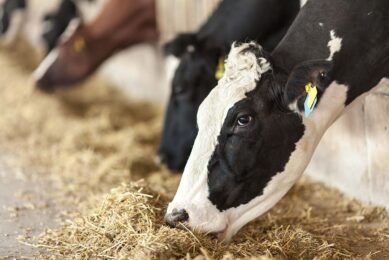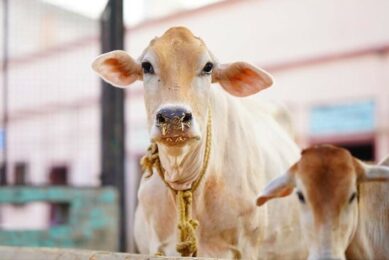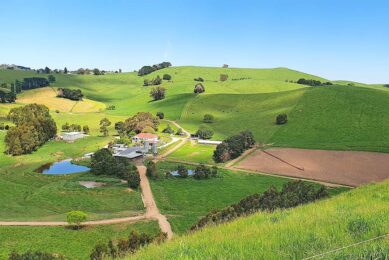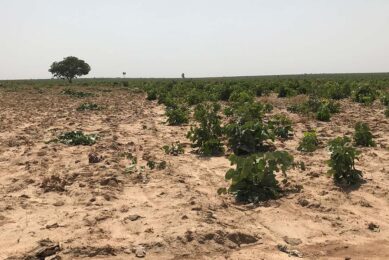Dairy Global edition 4! From breeding to smart farming
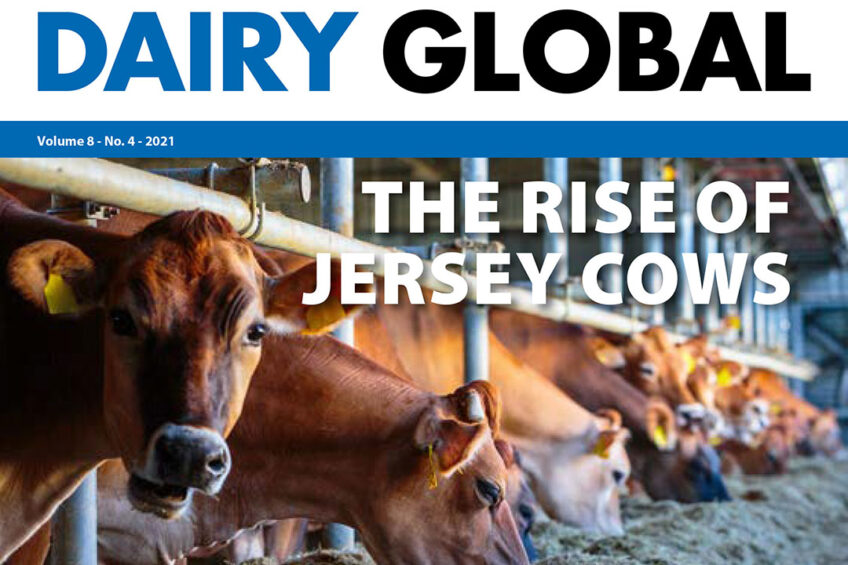
It can all be found in 1 magazine – from making better dairy cow breeding predictions to a look at smart solutions in dairy farming. Find out more in our digital version. Here is a sneak peek at what you can find in this edition of Dairy Global…
Why the rise of Jersey cows in North America?
Why has the number of Jersey cows risen in the US and Canada in recent years? It’s quite simple, according to those who know the breed. This “pretty little cow” offers much more than meets the eye. It’s a cow built for today’s industry. That’s how the former manager at Jersey Canada, Russell Gammon, describes this breed. Jerseys are more cost-effective than other breeds, consuming less feed to produce the same amount of milk. Page 6.
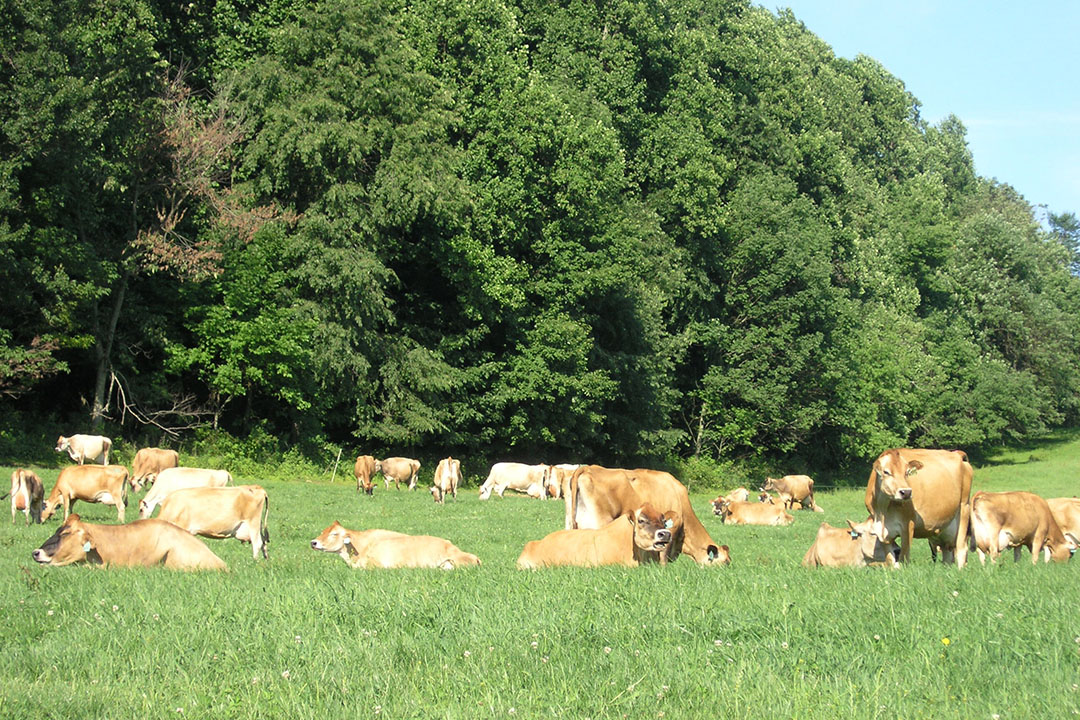
Advances in welfare precision technologies
Researchers from the University of Trás-os-Montes and Alto Douro in Portugal explain how recent work on precision technologies is helping evaluate lameness, mastitis and body condition, which are key welfare indicators for dairy cows. Page 8.
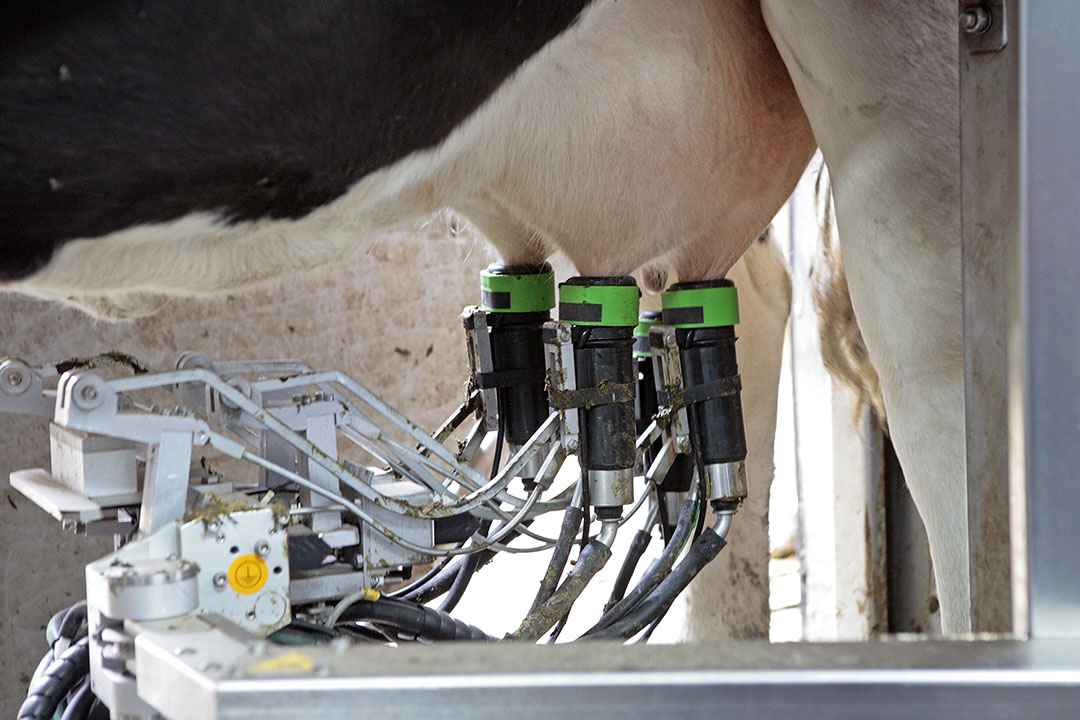
View the digital magazine here: Dairy Global edition 4…
Russia’s boom in smart solutions
Russia is experiencing a boom in demand for smart technologies among milk farmers who are struggling to achieve better profitability and solve some long-standing issues. The Russian Agricultural Ministry has recently called for businesses to develop domestic smart farming technologies so that the country does not depend on foreign equipment. Page 10.
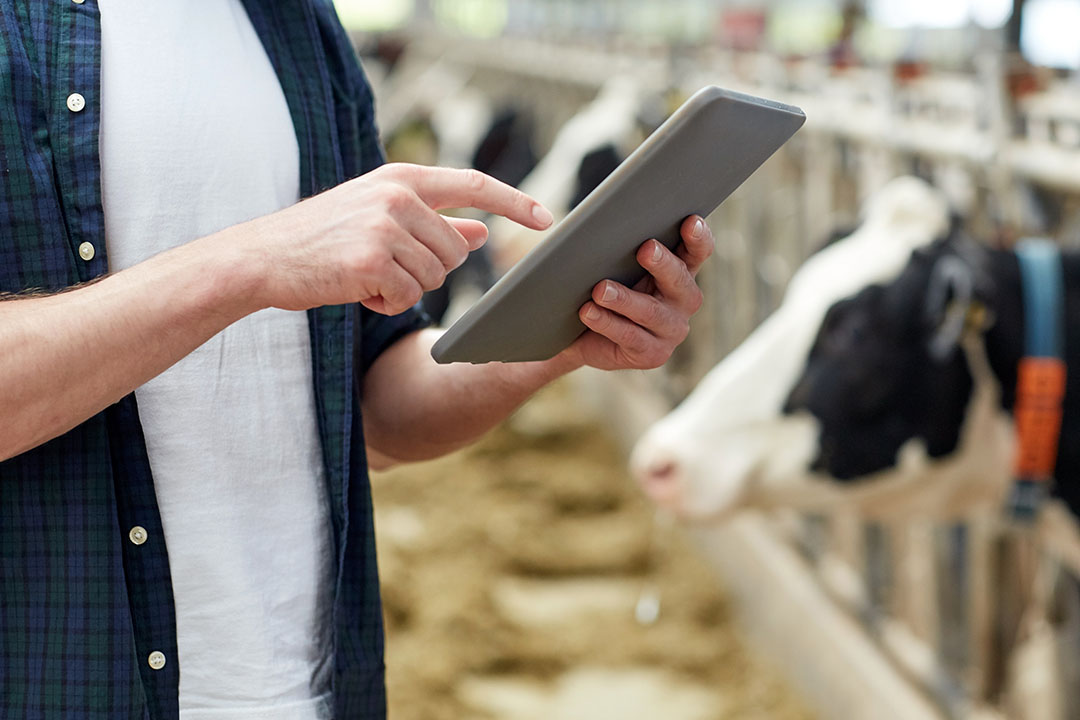
Significantly reducing nitrogen emissions
By using the new Lely Sphere circular barn system, nitrogen emissions from livestock can be reduced by more than 70%. The system separates manure and urine, converts nitrogen emissions, and creates 3 valuable types of fertiliser, which can be used for precision fertilisation. This closes mineral loops better, reduces nitrogen emissions, and creates a healthier climate in the barn. Page 13.
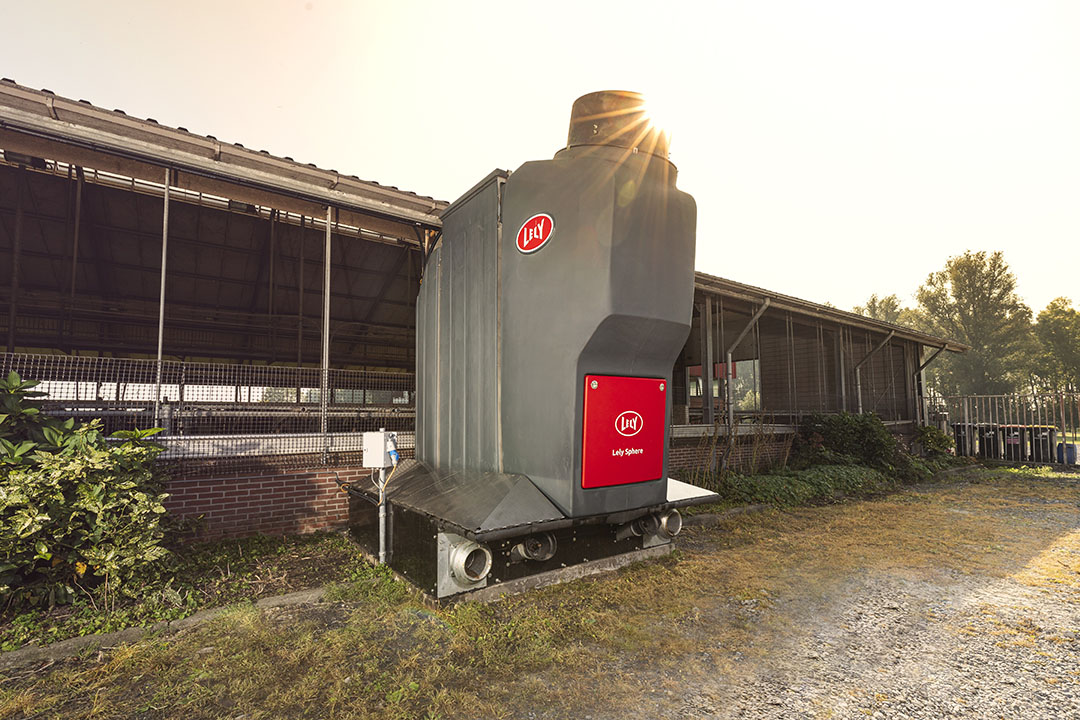
What you need to know about over-trimming
Hoof trimming is essential in caring for dairy cows and plays an important role in preventing lameness. But what happens when over-trimming takes place? It can happen – a hoof trimmer can over-trim a cow’s hoof. Usually trimming occurs twice a year but the presence of infectious diseases can increase the need for hoof trimming. Two experts reveal what to do to prevent overtrimming. Page 18.
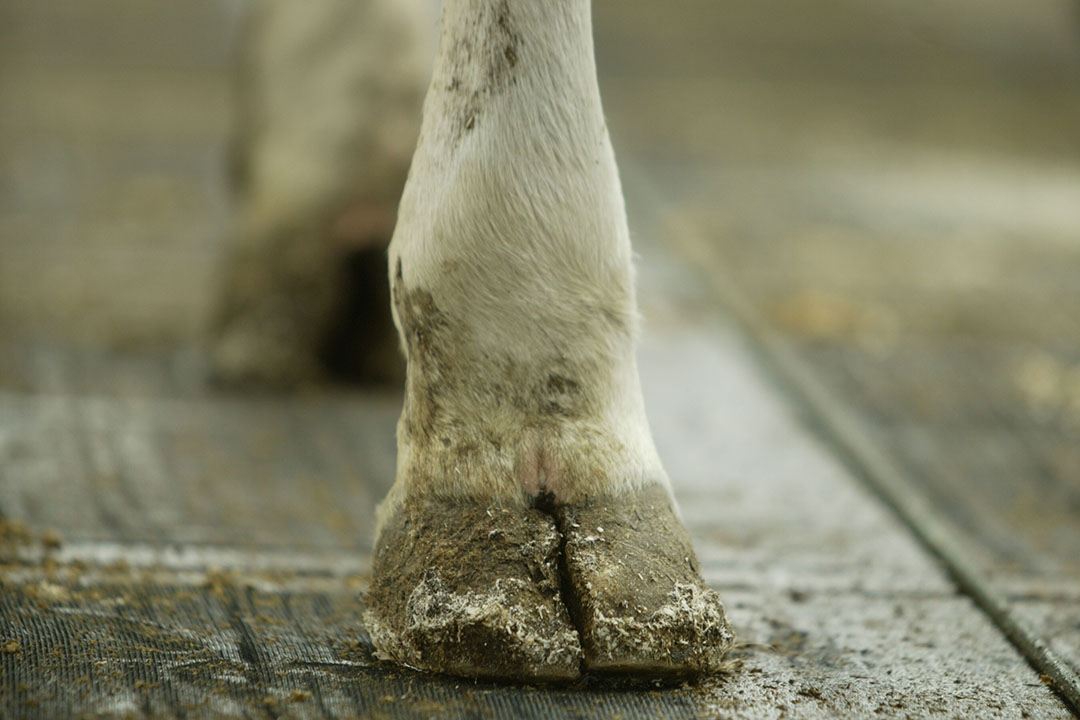
Boosting the rumen for better digestion
For the agriculture industry, ignoring the terms ’emissions’, ‘carbon’ or ‘greenhouse gases’ is no longer an option as there is an increasing focus on reducing them. For many producers and nutritionists, it is a challenge to know how to maintain performance and profitability while reducing overall inputs, especially with variable forage qualities and inflating cereal prices. Page 20.
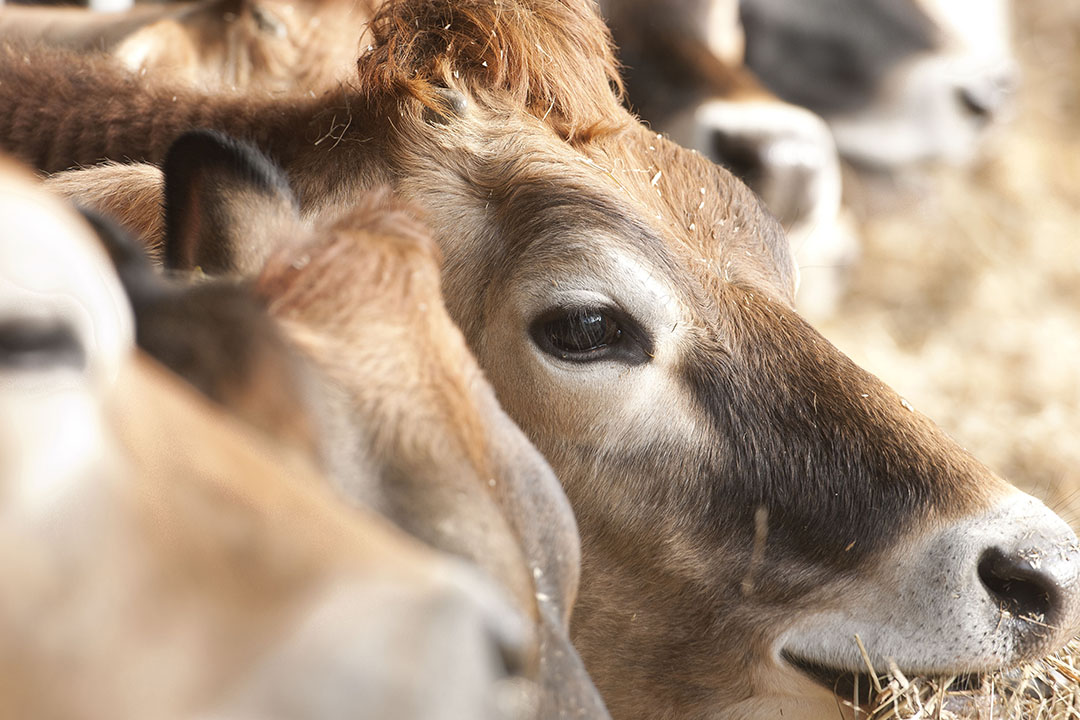
View the digital magazine here: Dairy Global edition 4…
Better predictions for better breeding
Scientists from Agriculture Victoria, in collaboration with the University of Melbourne, have developed a world-first customised single nucleotide polymorphism (SNP) chip designed with the latest known genes that affect dairy cattle traits. The work involves the customisation of a small piece of plastic – an SNP chip – with 50,000 small dots that bind DNA to detect genetic variations on the bovine genome, with the potential to improve dairy breeding worldwide. Page 26.
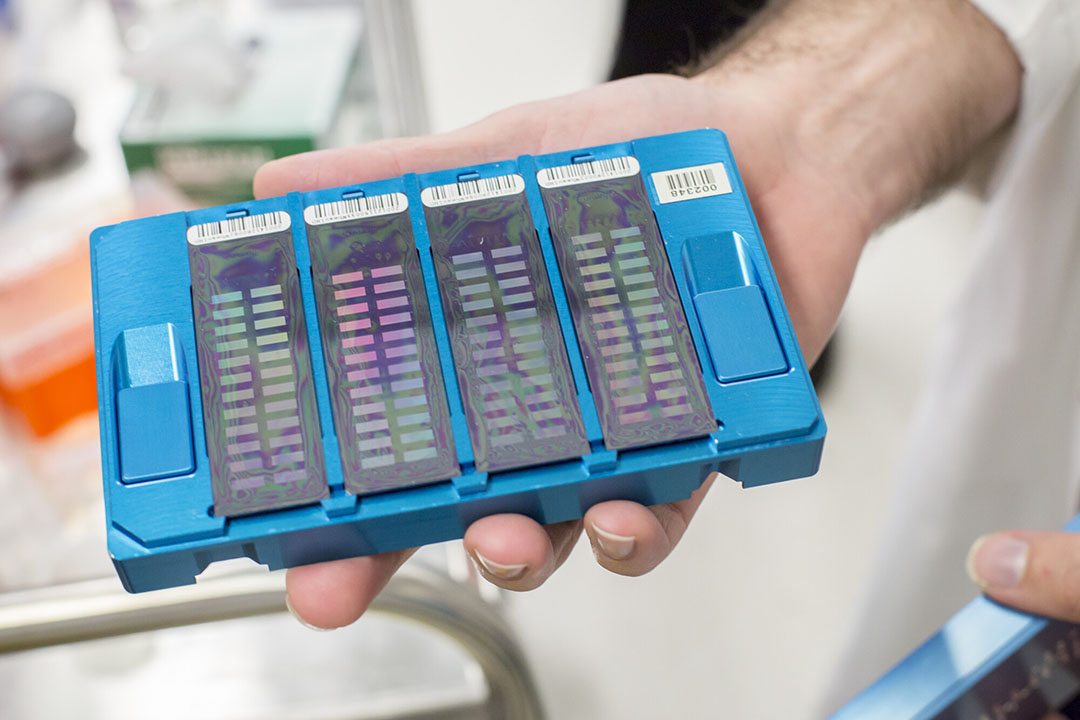
The value of cow comfort
When cattle were domesticated approximately 10,000 years ago, they likely were hardy, resilient animals deprived of extensive comforts and living in challenging environments. Today’s dairy cows more closely resemble highly functioning athletes than the tough and rugged creatures tamed by our distant ancestors. While they perform at a much greater rate than their predecessors, they can be more sensitive to adverse management or environmental factors. Page 31.
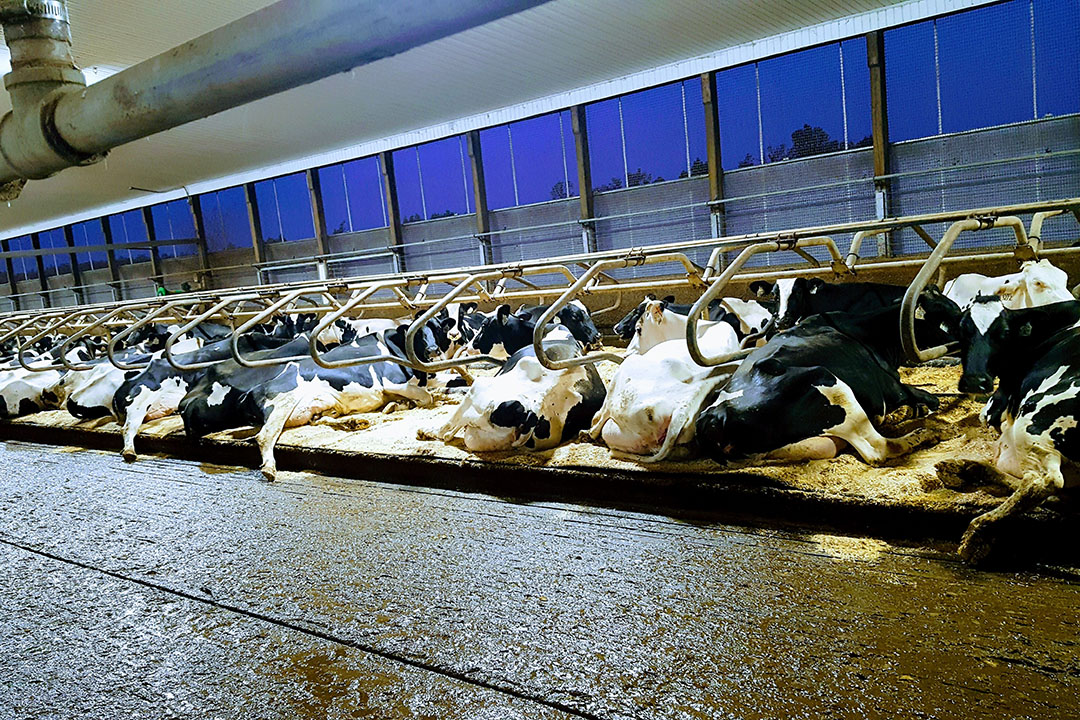
View the digital magazine here: Dairy Global edition 4…



